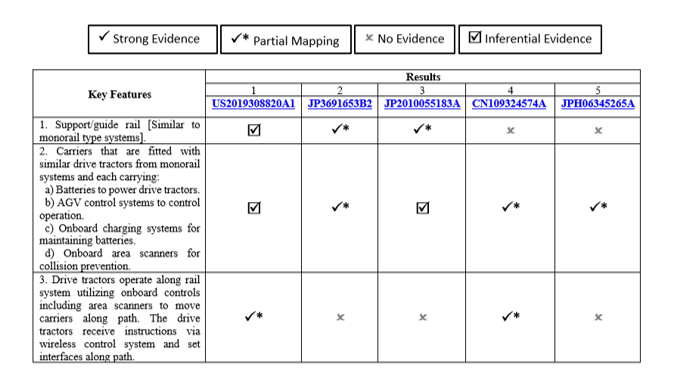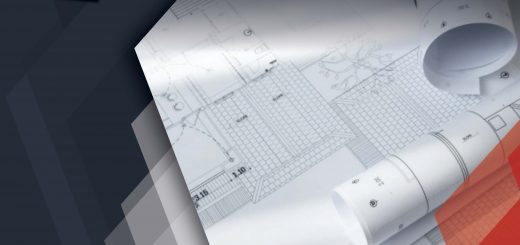3 Things Every Patentability Search Report Must Have
Patentability searches are critical in determining whether an invention is patent-worthy or not. These searches can be commissioned to a third party such as patent analysts or patent search firms before patent filing. The process is followed by preparing an informative patentability search report that helps the decision-makers, such as innovators or patent attorneys, in deciding whether to pursue patent protection for the said invention or not. These reports inform decision-makers about prior-arts so that they can explore the optimum way to acquire patent protection for a particular technology. The teachings of these reports, i.e., the prior-art references shared, also cut short the analysis and brainstorming time of decision-makers.
Furthermore, with an increasing rate of patent filings, it is certainly more challenging to establish the novelty of an invention. That is why these reports must be accurate and concise to help decision-makers in developing a clear foresight on invention patentability before pursuing protection for it. The results must be presented in a detailed and legible manner to facilitate informed decision-making. The following article highlights 3 key things that an exhaustive patentability search report must contain in order to assist decision-makers.
Table of Contents
3 Important Elements that a Patentability Search Report Must Have
Most patentability search reports have multiple headings and subheadings under which detailed data and information are given about the patentability of the invention. For example, there are headers such as: search overview, understanding of the invention, relevance criterion, search results, assumptions, etc. The figure below illustrates 3 of the most important headings that are indispensable for any patentability search report.

- Key Features Matrix
An invention can have several key features without which it cannot be replicated by a reasonably skilled professional within the same domain. So, a good patentability search report must have well-defined key features in order to be detailed. Generally, technical experts study and divide the invention into multiple parts, wherein each component represents the feature of the invention. Thereafter, all search results are compared and mapped against the prepared key features to analyze which results are closest to the invention. This helps in ensuring that there are no search gaps in the different concepts and their application in the given invention. It also highlights what parts of the invention are covered by the identified prior arts and the ones that are not. With such information in hand, one can quickly anticipate the claim boundaries and accordingly the protection scope of the respective invention. A sample key features matrix has been depicted below.

2. Searcher’s Comment
Since such exhaustive patentability searches are usually conducted by experts who have relevant experience in the technical domain, their comments are valuable with respect to the patentability of the given invention. Therefore, a good patentability search report must contain searcher’s comments on all of the relevant search results irrespective of its type i.e., patent and non-patent.
These comments provide an accurate and precise overview of the results to the decision-makers, ultimately helping them to save time. Furthermore, comments minimize communication gaps between the patent searcher and decision-makers by providing a direct glimpse into the thought process of the searcher while conducting the search.
3. Patentability Opinion and Tentative Independent Claim
Once the patent analyst thoroughly evaluates the identified references, he/she prepares the patentability opinion, which is a statement put forth by the analyst to identify parts of an invention that are/are not unique and non-obvious.
Additionally, some inventions can be overall novel in nature and yet have certain parts that are not unique. In such a scenario, patentability opinion can prove immensely effective for decision-makers. Along with this, a tentative independent claim helps decision-makers to further develop the scope of the patent and understand the extent of claim boundaries. Therefore, this section of a patentability search report is useful for decision-makers to reduce the time required for preparing an effective patent drafting and prosecution strategy.
Conclusion
Patentability search reports help innovators or patent attorneys to determine the extent to which their invention is unique in the respective technological domain. The 3 essential elements of patentability reports, mentioned above, are critical in improving the understanding of the state-of-the-art. Furthermore, the assistance of professional patent analysts ensure that the search report is accurate, comprehensive, and legible.
Sagacious IP’s patentability search services are focused on providing decision-makers with all relevant prior-arts in the form of informative and easy-to-understand patentability search reports. Our team of patent analysts is committed to providing exhaustive search results within the optimum time frame. Click here to view a sample of our patentability search report.
- Mani Singhal, Rohit Kumar (Engineering Searching) and the Editorial Team
Having Queries? Contact Us Now!
"*" indicates required fields




